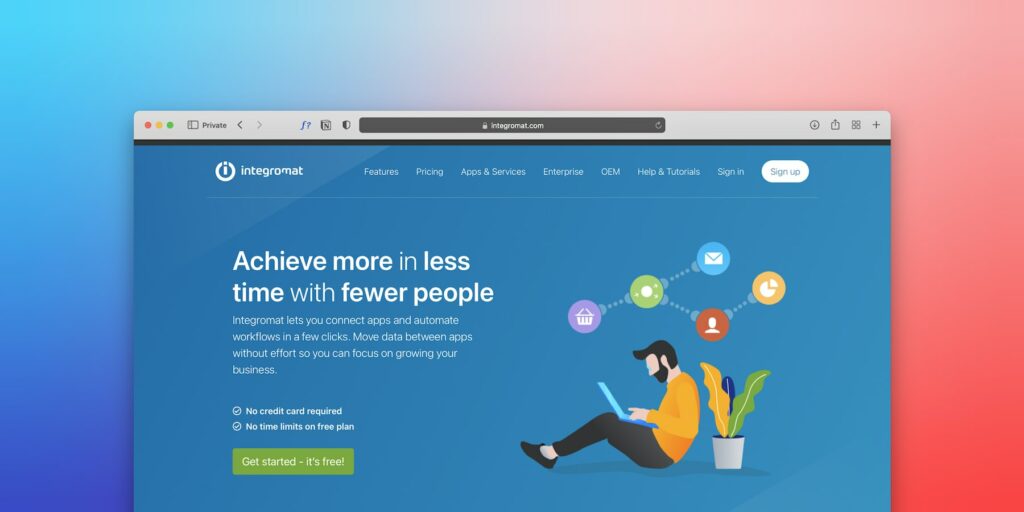![The ‘Giveaway Piggy Back Scam’ In Full Swing [2022]](https://www.cjco.com.au/wp-content/uploads/pexels-nataliya-vaitkevich-7172791-1-scaled-2-683x1024.jpg)

Unpacking Database Technology Costs: A Comprehensive Guide to Understanding and Optimizing Your TCO

As Seen On
The mere mention of “database technology”, for many entrepreneurs, brings forth imagined images of line graphs surging up and down, signifying mounting technology costs with bleak certainty. However, the future need not be so fearful. A prudent understanding of the Total Cost of Ownership (TCO) for a database is half the battle in business-intrinsic tech management.
Demystifying the Total Cost of Ownership (TCO)
Every business or organization that implements database technology deals with its financial implications. Key among these is the Total Cost of Ownership. TCO refers to the total cost of owning and operating a database, not just the obvious hardware and licensing fees, but also the hidden ones, like operational costs, scalability expenditure, and efficiency losses.
It’s crucial to unpack these components to truly comprehend the financial trajectory tied to ownership and make informed decisions around tech infrastructure. There is a palpable need for a holistic approach to ensure that unexpected costs don’t blindside your business later down the line.
Examining the Principal Factors
From cost and security to scalability, selecting a database involves weighing several elements. A major consideration is the choice between self-managed vs. fully managed systems. A self-managed approach may seem cost-effective, but the strain on in-house resources can add up. Comparatively, fully managed systems might incur an upfront cost but provide better gains in efficiency and alleviate in-house pressures.
Moreover, the selection conundrum includes picking between on-premises and cloud-based solutions. With businesses embracing digitalization, cloud-based solutions offer scalable, efficient storage options. However, they do come with a recurring fee and increased security scrutiny.
Diving into the Types of Costs
Database ownership costs can be broadly classified into five categories:
Hardware and Licensing Costs: These include the physical components and the software licenses from the database provider. While a significant part of the total outlay, these are upfront and mostly predictable.
Operational Costs: Spanning from regular maintenance to software updates and security improvements, these are recurring costs that require yearly budgeting.
Efficiency: Largely ignored in TCO calculations, lower efficiency due to outdated infrastructure can significantly impact productivity and revenue. A faster, more efficient database saves time, and as they say – time is money.
Cost of Scaling Up and Out: Scaling horizontally (adding more machines) or vertically (adding resources to a single machine) to improve capacity brings a different set of costs associated with increased infrastructure, licensing, and operational overheads.
Dissecting a Scenario: Self-Managed Database
Let’s visualize a medium-sized company deciding to self-manage its database cluster. They start with hardware procurement, moving onto acquiring licenses and hiring IT personnel for installation and management. The operational costs kick in soon after, turning into a regular outflow with patches, updates, and troubleshooting. Further, system upgrades become necessary over time, hiking up costs. The saving grace? If managed impeccably, there will be substantial savings in licensing and subscription costs over cloud-based solutions.
Making Smart Decisions: Ensuring Optimal TCO
Understanding the different types of costs associated with databases aids in making strategic decisions that can mitigate costs and optimize efficiency. Opt for a self-managed database only if the trade-off between potential savings and overheads seems financially viable. If opting for a cloud-based solution, select a service provider that fits your budget and meets all your database requirements.
In conclusion, understanding TCO is pivotal for businesses charting their tech journey. It empowers them to strategize effectively, keep costs under control, and reap the best results from their database technology.
Feeling enlightened or still have queries? Share this article within your network or connect with us for more expert advice and tips to navigate the multifaceted world of database technology. Your tech transformation journey has just begun!
Casey Jones
Up until working with Casey, we had only had poor to mediocre experiences outsourcing work to agencies. Casey & the team at CJ&CO are the exception to the rule.
Communication was beyond great, his understanding of our vision was phenomenal, and instead of needing babysitting like the other agencies we worked with, he was not only completely dependable but also gave us sound suggestions on how to get better results, at the risk of us not needing him for the initial job we requested (absolute gem).
This has truly been the first time we worked with someone outside of our business that quickly grasped our vision, and that I could completely forget about and would still deliver above expectations.
I honestly can't wait to work in many more projects together!
Disclaimer
*The information this blog provides is for general informational purposes only and is not intended as financial or professional advice. The information may not reflect current developments and may be changed or updated without notice. Any opinions expressed on this blog are the author’s own and do not necessarily reflect the views of the author’s employer or any other organization. You should not act or rely on any information contained in this blog without first seeking the advice of a professional. No representation or warranty, express or implied, is made as to the accuracy or completeness of the information contained in this blog. The author and affiliated parties assume no liability for any errors or omissions.

